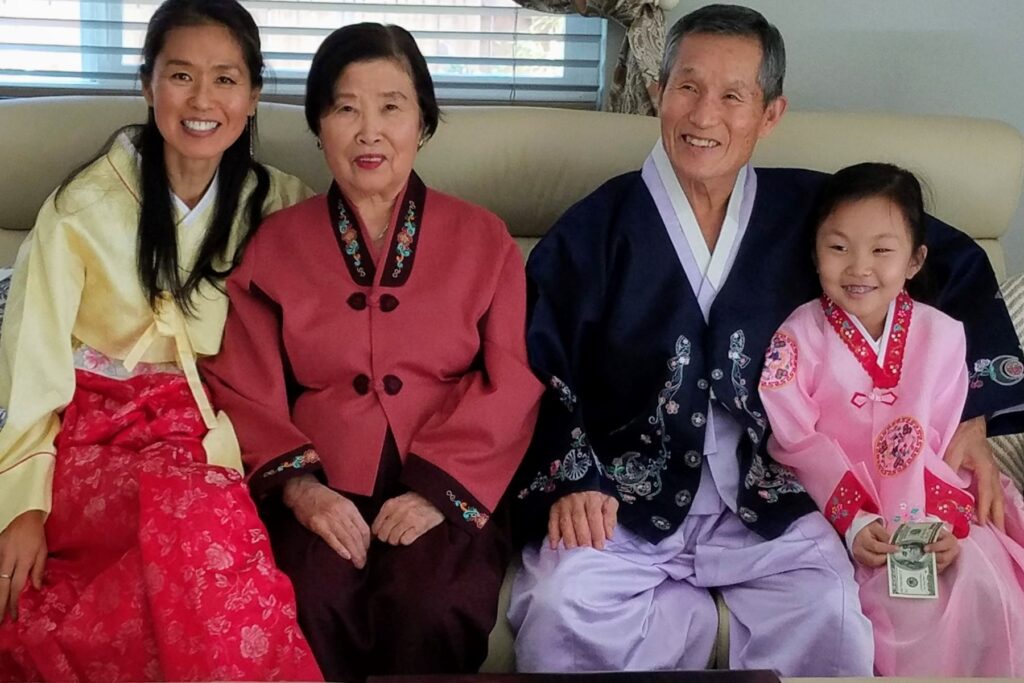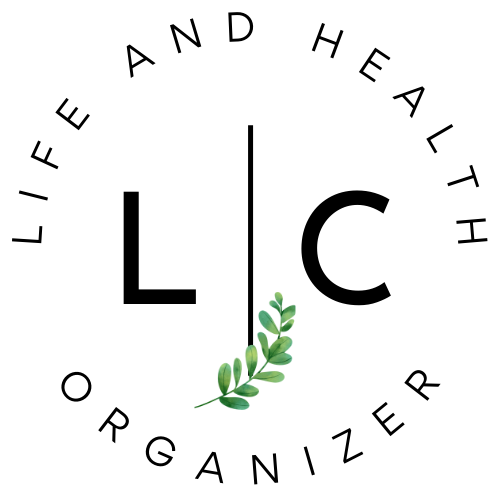Korean New Year, or Seollal, is a special time for families to come together and celebrate. I remember as a young child living in Korea, this holiday filled our home with excitement and joy. It usually fell in late January or early February, and I could hardly wait for the festivities to begin.
During Seollal, my family honored our ancestors with a beautiful table filled with traditional foods, and the smell of delicious dishes wafted through the air. I loved helping my mother prepare rice cake soup, tteokguk, and other treats. The warmth of family gatherings, laughter, and storytelling created cherished memories that I hold dear to this day.
As we explore how to celebrate Korean New Year, I reflect on those meaningful customs that made my childhood celebrations so unique and memorable.
Year of the Dragon 2024
In 2024, Koreans will celebrate the Year of the Dragon, a symbol of strength, courage, and good fortune. Furthermore, the dragon is one of the most revered creatures in Korean culture, representing power and success. This year is believed to bring positive energy and opportunities for growth.
People born in the Year of the Dragon inspire others with their ambition, confidence, and charisma. They often possess qualities that drive them to achieve significant accomplishments.
In my family, my brother was born in the Year of the Dragon. Therefore, my parents always praised him for holding this auspicious sign. As long as I can remember, they encouraged him by saying he would be successful someday.
He became an oncologist, a career that reflects the strength and ambition often associated with those born under the dragon. My parents firmly believe that his success is tied to his birth year, which has become a source of pride for our family.
Traditions of Celebrating Korean New Year
Korean New Year, known as Seollal, is one of the most important holidays in Korea. It is a time for families to honor their ancestors and celebrate new beginnings. Additionally, it’s a time to enjoy cultural traditions that have been passed down through generations. Here’s a closer look at the rich traditions and cultural practices associated with Seollal.

1. Ancestral Worship (Charye)
One of the most important aspects of celebrating Seollal is the “Charye” (차례) ceremony, where we honor our ancestors. I fondly remember the excitement of preparing for this special ritual. We would set up a beautiful table filled with various foods, including rice cake soup (tteokguk; 떡국), fish, fruits, and traditional snacks. The feast created delightful aromas that filled our home.
Even after we moved to the US, my family continued this cherished tradition. No matter how far we traveled, we made sure to honor our ancestors during Seollal. My parents taught us that by performing this ceremony, we invited blessings and good fortune for the coming year.
I cherished the moments when we gathered to set the table with care and reflect on our family’s stories. This act strengthened our bonds and connected us across generations, reminding us of the values and traditions that shaped our lives. Seollal became a time to remember our roots and look forward to future blessings, keeping our cultural heritage alive in a new land.
2. Traditional Clothing (Hanbok)
During Seollal, it is customary for people to wear “hanbok” (한복), a traditional Korean outfit. These garments are often brightly colored and symbolize respect for cultural heritage.
I remember that as a kid, I actually hated wearing hanbok. The uncomfortable fit and the fuss of getting dressed made me wish I could just wear my everyday clothes. However, as I grew older, I came to appreciate the beauty and significance of this attire.
While I have very few pictures of myself in hanbok, my mother often wore it during our celebrations. I wish I had more photos to capture the joy and pride that came with our family traditions.
Now, when I look back, I cherish the memories of seeing my mother in her vibrant hanbok, which added to the festive atmosphere of Seollal. It reminds me of the importance of our cultural heritage and the connection it brings to our family.
3. New Year’s Greetings (Sebae)

A beloved Korean tradition during Seollal is the practice of “sebae” (세배), where children bow deeply to their elders as a sign of respect. I remember feeling nervous yet excited every year as I got ready to greet my parents and grandparents this way. In return for our respectful bows, the elders would offer wishes for health and happiness, often giving us money in red envelopes known as “saebae don” (세배돈).
This exchange created a spirit of gratitude and helped strengthen our family ties. Even now, our family continues this tradition with the grandkids. Watching them bow with wide eyes and receive their red envelopes brings back such happy memories. It’s heartwarming to see how this practice connects our family and keeps our cultural traditions alive, reminding us of the love and respect that keep us close.
4. Traditional Foods
Food also plays a central role in Seollal celebrations. In particular, tteokguk is a must-have dish, symbolizing the wish for a prosperous Korean New Year and marking the passage of time.
Other traditional foods may include jeon (Korean pancakes), kimchi, and various rice cakes. Preparing and sharing these dishes is a way for families to come together, share stories, and enjoy each other’s company.
5. Games and Activities
In addition to food and rituals, my family always enjoyed playing traditional games during Seollal. One popular game we loved was “yutnori” (윷놀이), a board game played with four wooden sticks.
I remember the excitement that filled the room as we gathered around the game board, eager to take our turns. The laughter and friendly competition brought us closer together and created an atmosphere of joy.
Playing yutnori was a highlight of our celebrations. I cherished those moments when we would cheer each other on, sometimes teasing and joking as we rolled the sticks. Each game was filled with playful banter, and the memories we made during those evenings became some of my favorites.
It wasn’t just about winning. It was about the laughter and connection we shared as a family, strengthening our bonds during this special time of year.
Celebrating Korean New Year

Seollal is more than just a New Year celebration—it’s a heartfelt reminder of where we come from and where we’re headed. Through food, family, and tradition, Koreans honor their roots while stepping into the new year with gratitude, respect, and hope for what’s to come.
If you enjoyed this post, check out some of my other related stories:














